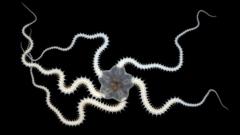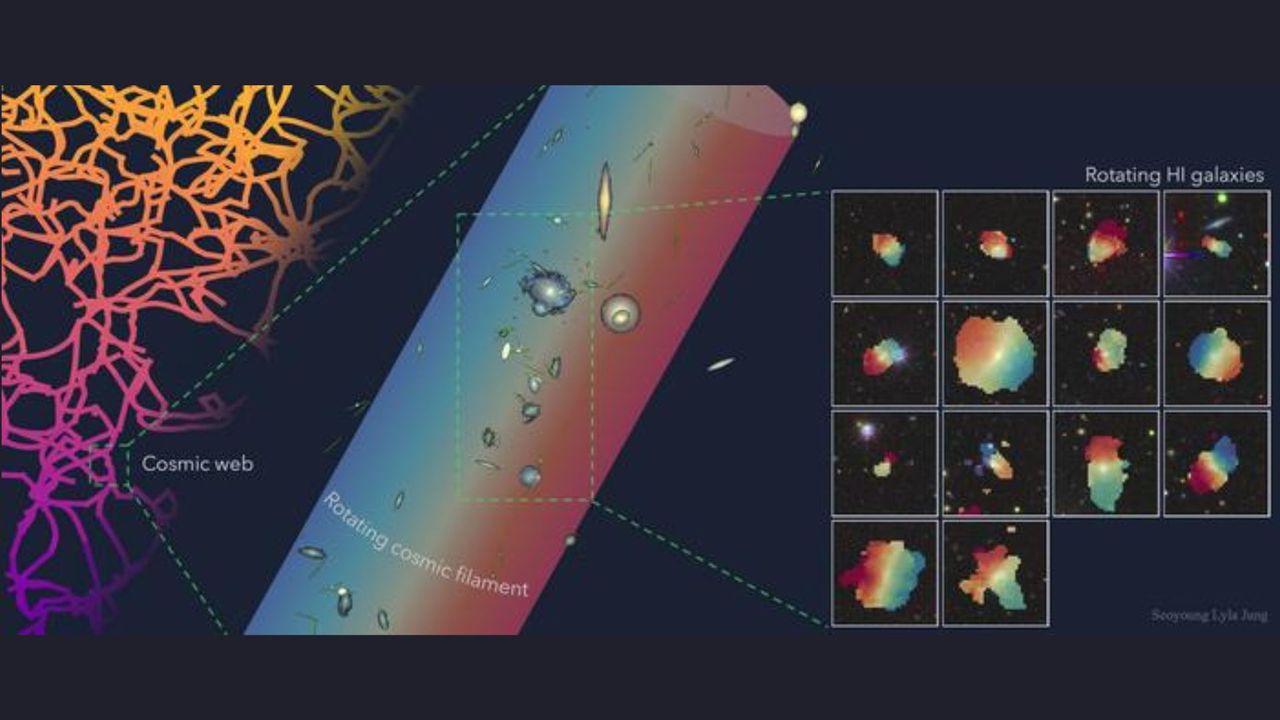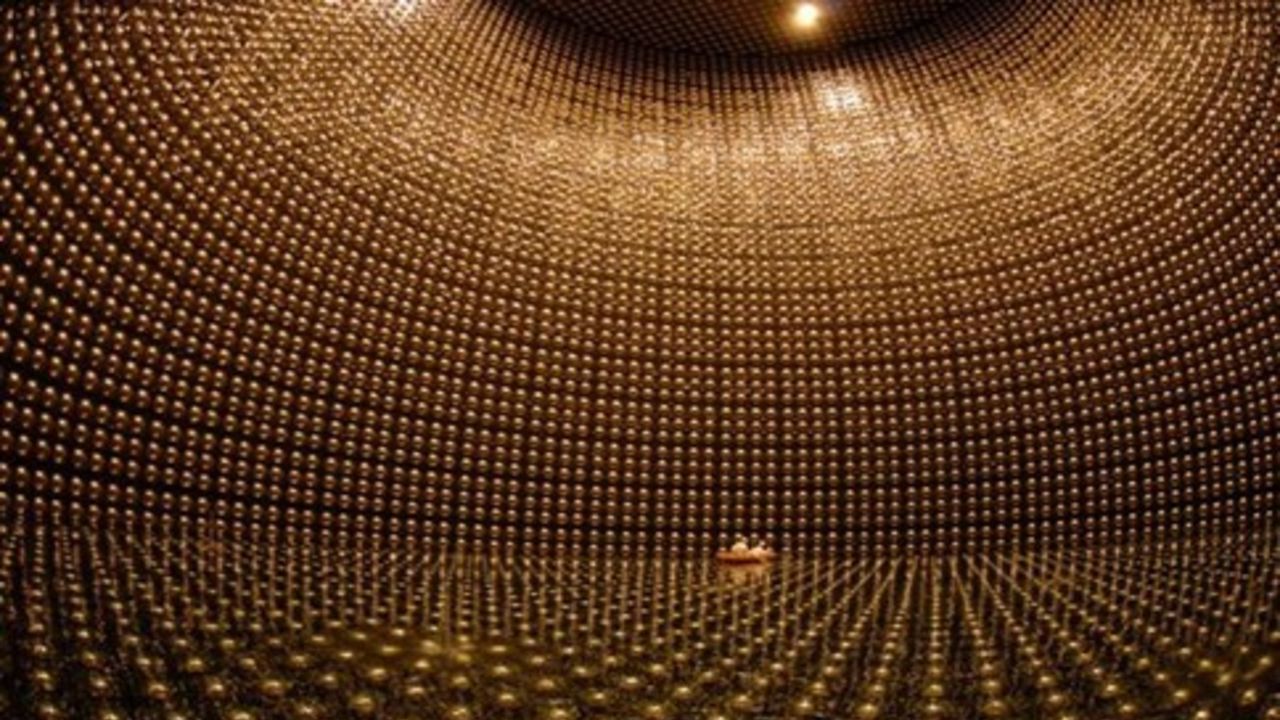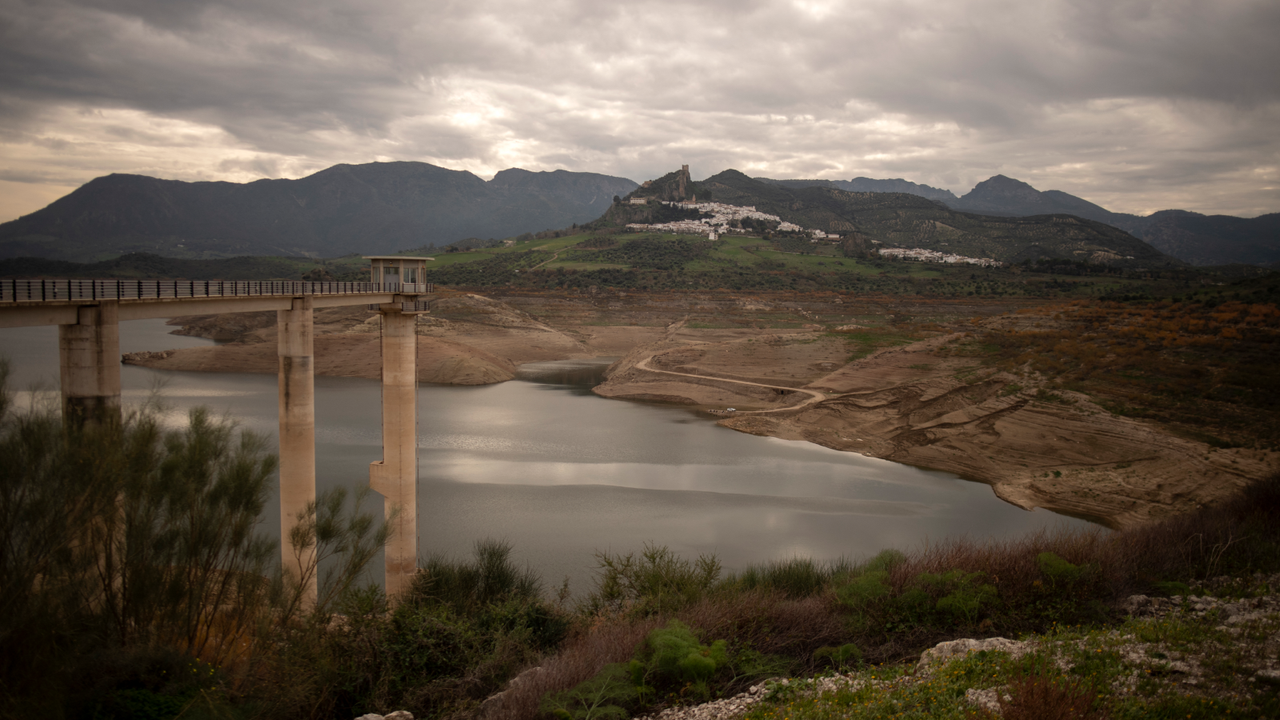Complex Life May Have Evolved Multiple Times
PositiveScience
Recent findings suggest that complex life on Earth may have evolved much earlier than scientists previously believed, and potentially multiple times. This revelation could reshape our understanding of biological evolution and the conditions that fostered life, highlighting the resilience and adaptability of organisms in varying environments. Such insights not only deepen our knowledge of Earth's history but also spark curiosity about the potential for life elsewhere in the universe.
— via World Pulse Now AI Editorial System
/https://tf-cmsv2-smithsonianmag-media.s3.amazonaws.com/filer_public/62/01/62019da1-dd28-4322-aca0-0ec598b63235/7402439760_6437bcb924_k.jpg)





